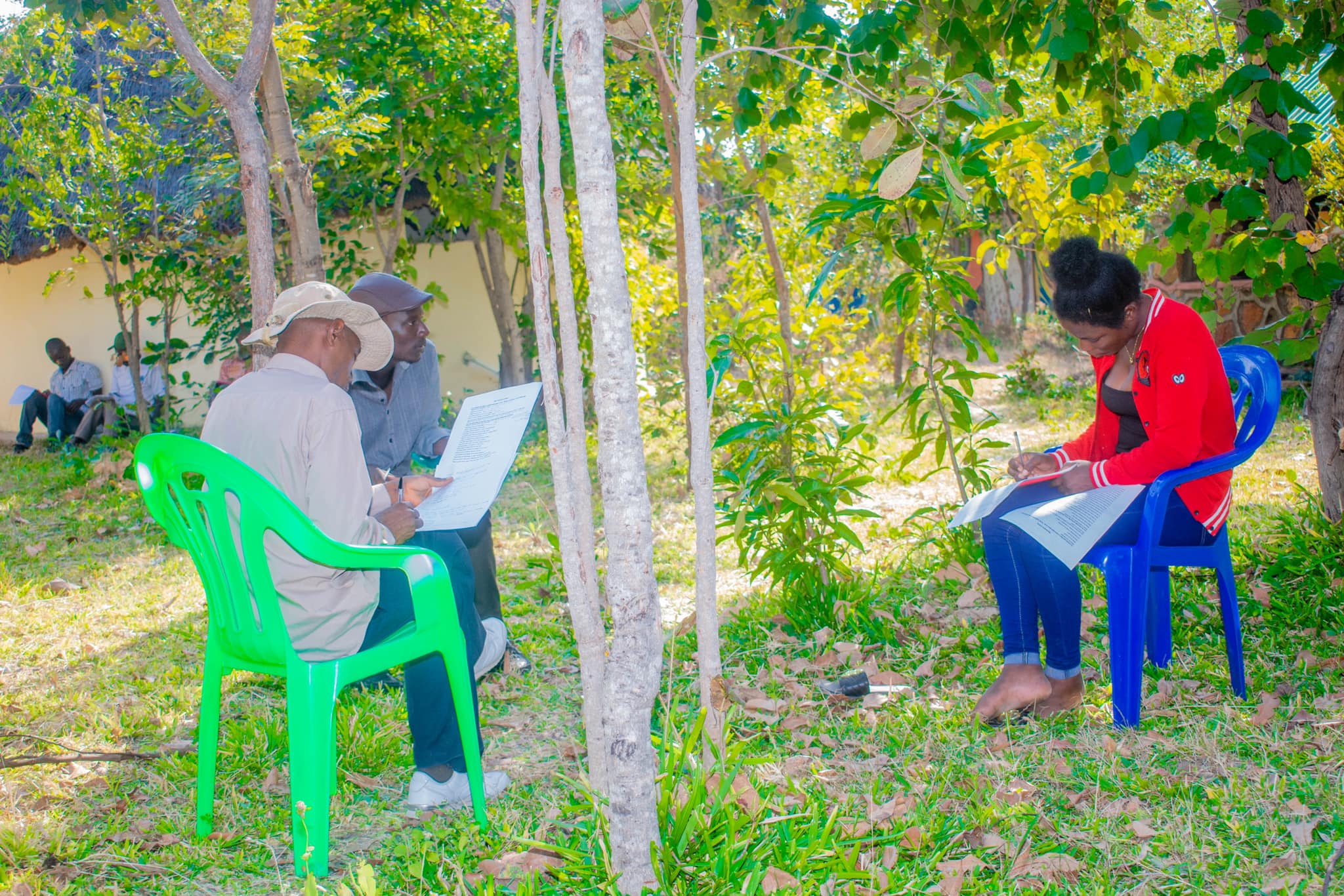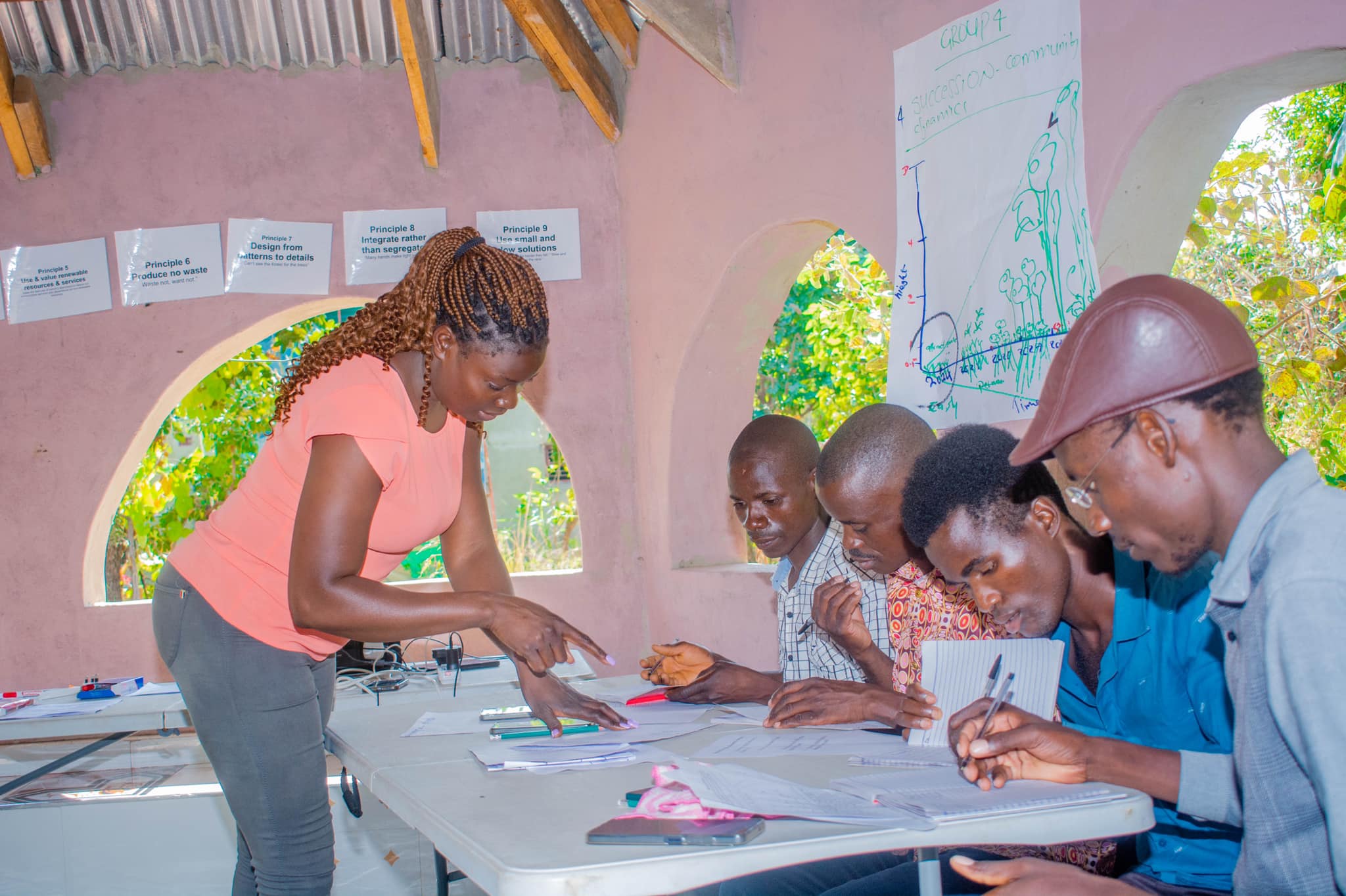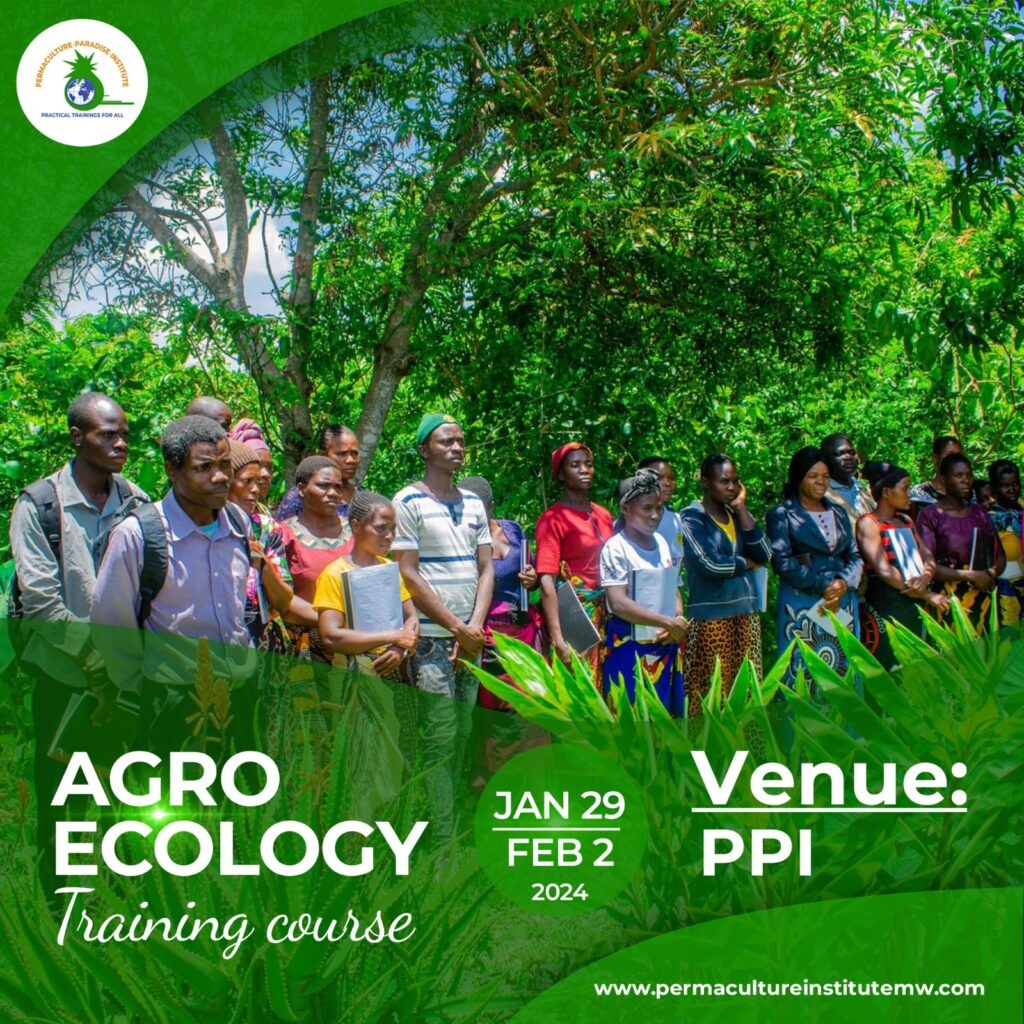On day two of the international 72-hour Permaculture Design Course at the Permaculture Paradise Institute, 11 eager participants gathered once more, their excitement from the previous day now mingled with anticipation for the day’s activities. Today’s focus was on site survey and resource mapping, crucial steps in understanding and working harmoniously with the land.
The day began with a briefing on the principles and importance of site surveys in permaculture design. The instructors emphasized the need to observe and interact with the natural environment before making any design decisions. This approach ensures that every element in a permaculture system is placed in the most beneficial position relative to the others, maximizing efficiency and harmony.
Armed with tools and newfound knowledge, the participants ventured out into the sprawling grounds of the institute. With notebooks and measuring tapes in hand, they set off in groups, ready to engage in a detailed exploration of the landscape. Their task was to observe and document the various elements of the site: soil types, water sources, existing vegetation, and the flow of sunlight and wind.
The atmosphere was charged with a sense of purpose as they moved methodically across the terrain, mapping out the land’s unique features. Some focused on identifying the best locations for future gardens, while others assessed areas suitable for water catchment systems. The exercise was as much about learning to see the land with new eyes as it was about gathering data.

Throughout the morning, the instructors provided guidance and insights, helping the participants to refine their observations and understand the subtle interplay between different natural elements. By lunchtime, the groups had amassed a wealth of information, each sketching detailed maps that began to tell the story of the land’s potential.
Lunch offered a welcome break, and once again, the participants gathered for a shared meal. Conversations buzzed with excitement and ideas, as they discussed their findings and the possibilities they revealed. The sense of community and collective learning that had begun to form on day one only deepened as they shared their thoughts and experiences.
In the afternoon, the focus shifted to resource mapping, a process of identifying and cataloging all the resources available on site. This included natural resources like water, soil, and vegetation, as well as human-made resources such as tools, materials, and skills within the community. The participants learned to see beyond the obvious, recognizing that even seemingly insignificant elements could play a crucial role in their permaculture designs.

Back outside, they resumed their surveys, this time looking at the land through the lens of resource availability and potential. They noted the positions of trees that could provide shade, areas where rainwater could be collected, and spaces that could be repurposed for gardens or communal areas. It was a lesson in seeing abundance where others might see scarcity.
The second day at the Permaculture Paradise Institute had deepened the participants’ connection to the land and to each other. Through site surveying and resource mapping, they had begun to uncover the land’s potential and to understand the intricate relationships that define a thriving ecosystem.
As they departed for the evening, the participants carried with them a growing appreciation for the complexity and beauty of the natural world. They were not merely learning techniques; they were embarking on a journey to become caretakers of the earth, ready to apply their knowledge to create sustainable and resilient communities.
With each step, they were drawing closer to their goal of harnessing nature’s wisdom to design systems that could nurture both people and the planet. And as night settled over the institute, the promise of discovery and transformation was palpable, waiting to unfold in the days to come.



